A crimper tool is essential for implementing secure and dependable connections in electrical work, networking, or DIY projects. Obtaining professional quality results goes beyond simply possessing the tool; it entails knowing how to work it, employing the proper techniques, and being mindful of common mistakes, mainly when dealing with crimp non-insulated connectors. This guide aims to assist novices and even skilled users in improving their skills with crimper tools, including the battery cable lug crimping tool. You will learn how to select the best type of tools for your projects and follow the guidance provided for accurate precision crimping. All your needs for achieving the highest efficiency and optimal results will be met. Regardless of your level, knowing how to use this tool will improve the quality and longevity of your work.
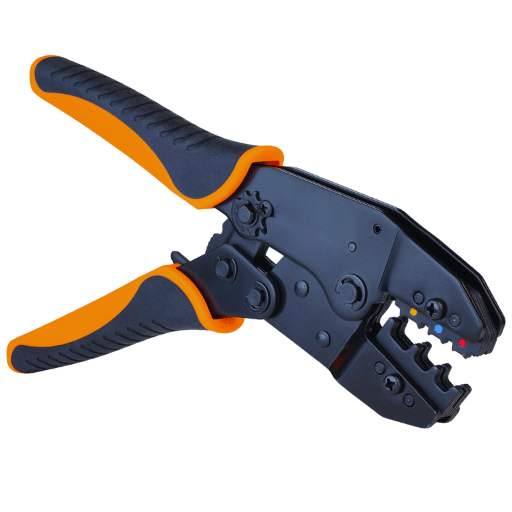
A crimper is a hand tool for compressing or deforming objects to merge two parts. Crimpers are used in electrical work to secure connectors onto wires as they guarantee strong and effective bonds. It also serves the purpose of crimping because it ensures a secure bond without soldering. Crimping is a vital procedure that guarantees proper conductivity, lowers the chances of having loose connections, and ensures the work’s overall integrity.
A crimper tool, either handheld or machine-operated, is used to compress wires, most often into metals, to fasten and form a connection firmly. Commonly seen in electrical work, a crimper tool efficiently attaches connectors to wires by compressing them tightly to ensure a strong and reliable connection. A crimper tool has specialized dies that can be replaced or changed to fit different sizes and types of connectors. To safely and efficiently install electrical work, the proper application of the tool requires a die that fits, alignment of the wire and connector, and firm enough pressure to create a long-lasting seal.
Having a crimping tool in your toolkit is essential as it guarantees trustworthy and steadfast electrical connections. A crimp tool enhances the connection and ensures no loose wires or electrical failures. The tool assures accuracy and reliability necessary for achieving professional-grade installations. Crimping tools also come with nozzles for different-sized connectors, making this tool essential for DIY jobs and conducting electrical work.
A terminal crimper is a tool designed to mechanically fasten a wire and a connector, such as a battery cable ring terminal crimper. Proper forming is needed to guarantee electrical contact and tight mechanical joining to avoid problems and malfunctions in electric systems. It is optimized for precision and dependability with many common connectors used in electric wiring, such as those with lug crimping tools for 8. Its simplistic design offers easy use when making practical and safe electrical connections.
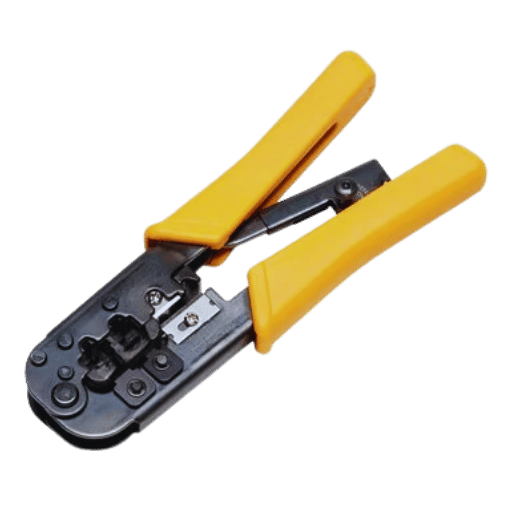
While buying a crimper tool kit, I suggest giving importance to the following points:
By checking these pointers, you can choose a crimper tool kit that will work efficiently, safely, and economically for a long time for your electrical projects.
For instance, insulated terminals have a protective layer that helps with safety by preventing electric shocks and short circuits. These terminals are ideal for applications where safety is a priority or wires might come into contact with other components. Non-insulated terminals do not have this protective covering and are better suited for environments where exposure to electric hazards is minimal, and cost savings are desired. The distinction between insulated and non-insulated terminals rests on the project’s specific needs, including safety measures, environmental factors, and financial limitations.
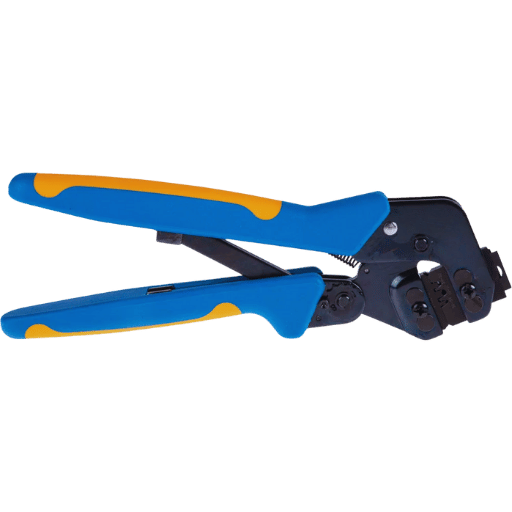
If you follow the described procedures, you’ll have a dependable and professional crimp connection applicable to various electrical work.
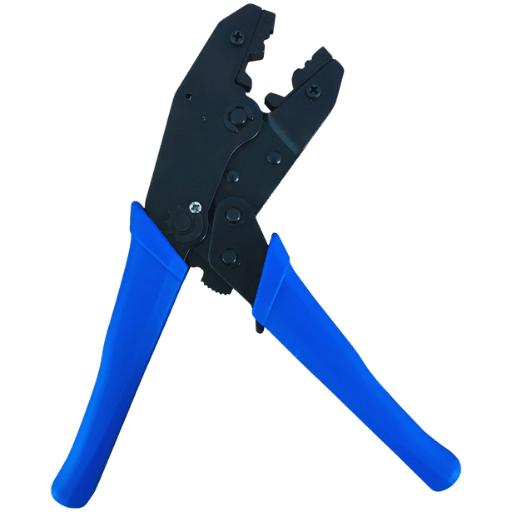
Substandard crimp connections are usually detectable with a probe and a functional check. Observe for loose wires, exposed conductors, and irregular compression on the terminal as some signs. An appropriate crimp retains the wire fully without any space or motion on the wire. Check that the cable does not dangle out of the terminal after pulling it to ensure there is no slack. Such connections, if made, will weaken the joints and, in some cases, even fail, so effective techniques to crimp with the lug crimping tool for eight are vital.
To protect against damage when operating wire crimpers, choose the correct tool and die size by the wire and terminal. Properly orient the wire and terminal in the crimper to avoid misalignment and uneven compression or deformation. Scrutinize both the tool and the terminal to ensure no damage is done through excessive force application. Clean the crimpers and examine them for wear so they can function properly and effectively. Keeping the tools and the correct technique is the most effective preventative action against damage.
An example mistake made by the user of a lug crimping tool is the use of an improperly sized die. Such selections result in loose or unfastened connections. Another typical error is the lack of stripping of the wire to the needed length, resulting in little or no wire terminal contact. Incorrect alignment of the wire and lug while crimping may also lead to compromised connection integrity, which may cause electrical malfunctions. Also, applying too much or too little force can blunt the terminal or produce a connection prone to failure. To minimize these blunders, always read the instructions from the manufacturer’s specifications and ensure that the tools and equipment are properly calibrated and maintained.
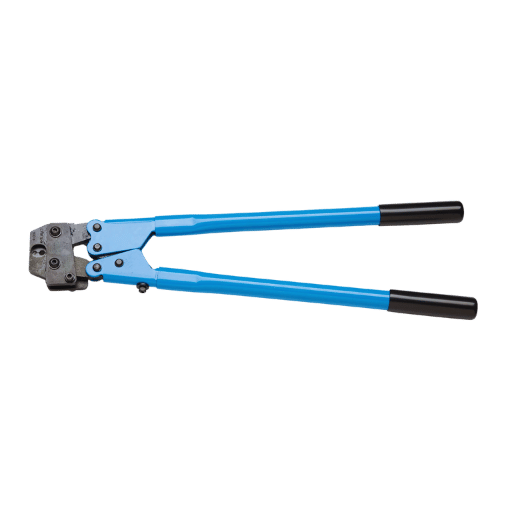
To extend the lifespan of the crimpers, it is recommended that regular cleaning is performed to remove any residue or debris that can build during usage. Moving parts should be oiled from time to time to keep them running smoothly and to avoid rust. Check the tools for wear, such as damaged dies or loose parts, and repair or substitute worn-out parts. Keep the crimpers dry and clean, and do not let them get too moist or hot. Always use the tools for the desired purpose and follow the manufacturer’s instructions to ensure their performance and durability.
To maintain the cleanliness of my wire crimper tool, I remove any dirt, grease, or residue with a soft brush or a clean, lint-free cloth after every use. When necessary, I apply a low-strength cleaning solution to guarantee all contaminants are removed. After thorough cleaning, I dry the tool thoroughly to avoid rust formation. For long-term storage, I keep the crimper in its case and, or a cool, dry area away from moisture and extreme temperatures. Following this routine enables me to sustain the tool’s functionality while extending its lifespan.
A: A crimper tool adds a terminal to a wire by crimping, attending to the wire without soldering. These tools are commonly used in wiring projects, such as electrical component interfaces that require fastening connectors or terminals on battery cables to wires to be crimped.
A: Your selection of a crimper tool will be based on the type of connectors you will be using, the wire gauge (AWG), and specific use cases, such as if you’ll be using a ratchet versus hydraulic crimping tool. Moreover, it is necessary to determine if there is a requirement for a crimper kit or a ferrule crimping tool kit for more options.
A: These are parts of a crimping tool that enable the user to adapt to various types or sizes of connectors and wires with little hassle. This feature improves the versatility surrounding tools like the iCrimp and crimping tool sets, enabling them to be used for AWG 23-10 up to AWG 20-2.
A: In the case of a battery cable lug crimping tool, die sets are instrumental in forming an accurate and tight crimp. They aim to crimp specific types of connectors, which helps prevent connection integrity issues, including splices and poor electrical connections. Always pair the crimper tool with die sets to particular connectors.
A: With a ratchet crimper, there is no possibility of loss due to an incomplete crimp; the tool locks, automatically applying pressure until the crimp is complete and ready to be released. It can be described as the best tool for highly defined and repetitive tasks, especially with its unfinished crimp prevention features. Ratchet crimpers from Klein, for instance, are loved for their functionality and comfort.
A: A cable crimper is suitable for use with heat-shrink connectors. Once the connector is crimped to the wire, it is heated to shrink it to ensure a watertight and insulated connection. Just be careful how you heat the connector so that you do not damage the wire or connector.
A: An ergonomic tool has been shown to relieve undue pressure on the hand and increase comfort during tasks that involve repetitive motion. This is also true for crimpers. Such tools usually have aid handles, and the weight is well distributed to prevent strain while performing the task. This is important for professional electricians or even DIY lovers.
A: Maintenance involves cleaning to remove any debris buildup and lubricating the working parts of the tools to prevent rust and ensure the tools work well. Inspecting and replacing worn-out die sets and jaws will improve the tool’s lifespan and accuracy, meaning you will never have an issue with your crimping results.
A: A wire stripper assists in prepping the wire before crimping. It removes the insulating layer without breaking the copper wire, guaranteeing it will adequately connect to the connector. A practical crimping tool set would include a wire stripper for ease of work and to help ensure a clean, effective crimp.
A: Certain tools exist, such as the German flag crimping tool. These specific crimping tools, also known as automotive lug or Deutsch connector crimpers, are used for automotive purposes. They guarantee reliable connections that will not fail due to vehicle vibrations or other harsh environmental conditions.
1. Analysis of Worn Out Crimping Tool
2. 3-Dimensional Numerical Simulation of Open-Barrel Crimping Process